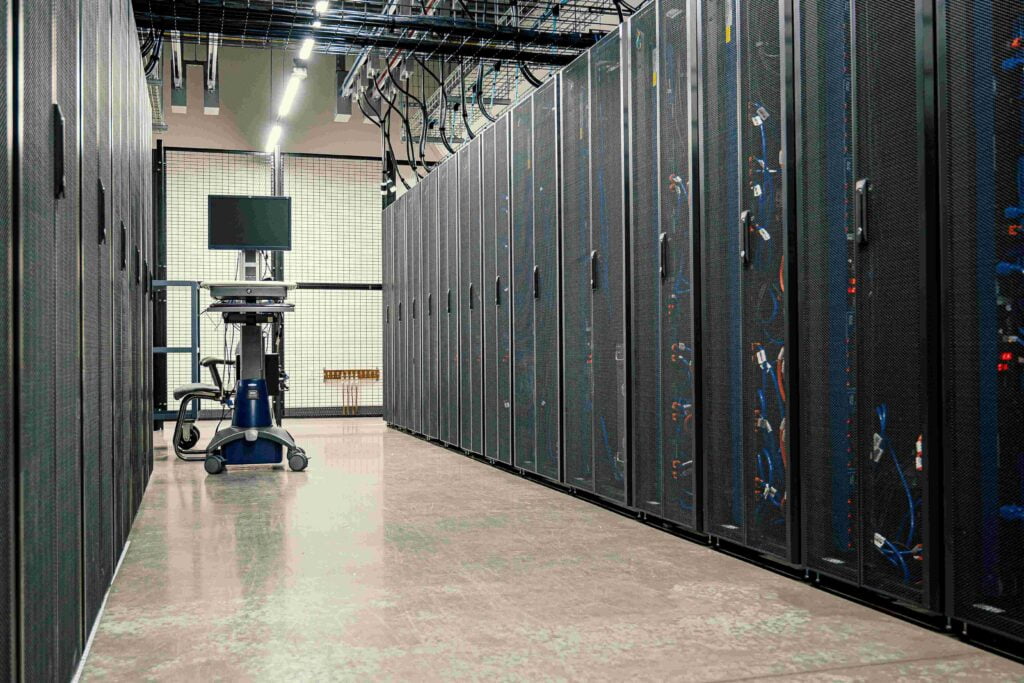What is Cloud Computing?
In simple terms, cloud computing is the delivery of various computing services over the internet, such as servers, storage, databases, networking, software, analytics, and intelligence. This allows for faster innovation, flexible resources, and cost savings by utilizing a network of remote servers hosted on the internet.
How Does Cloud Computing Work?
Instead of owning and maintaining their own data centers or computing infrastructure, companies can rent access to computing services from cloud providers. This rental model allows businesses to pay only for the services they use, reducing upfront costs and complexity.
Benefits of Cloud Computing
One of the primary benefits is cost efficiency. Companies can avoid the significant expense of buying and maintaining hardware and software, instead paying for what they need when they need it. Cloud providers, in turn, benefit from economies of scale by serving multiple customers.
Types of Cloud Computing Services
Cloud computing services range from basic storage and processing power to advanced services like artificial intelligence and quantum computing. Any service that doesn’t require physical proximity to hardware can be delivered via the cloud. Examples include email services like Gmail and enterprise solutions like data hosting for large corporations.

Big Players in Cloud Computing
The leading cloud providers include Amazon Web Services (AWS), Microsoft Azure, and Google Cloud. AWS is the most established, Microsoft Azure integrates well with enterprise systems, and Google Cloud leverages its vast technological expertise.
Engineering Marvel Beneath the Waves
The first phase of Project Natick saw the deployment of a prototype underwater data center off the coast of California in 2015. Encased in a cylindrical, watertight structure, this initial unit housed several servers and was designed to operate autonomously for extended periods. The results were promising, demonstrating that underwater data centers could indeed function reliably.
Building on this success, Microsoft launched the second phase in 2018, submerging a full-scale data center off the coast of the Orkney Islands in Scotland. This time, the data center was designed to remain underwater for up to five years without maintenance. It was also powered entirely by renewable energy from the European Marine Energy Centre, which harnesses tidal and wave power.
Challenges and Future Prospects
While the underwater data center concept holds immense promise, it is not without its challenges. Ensuring the structural integrity of the data centers in harsh marine environments, maintaining connectivity, and addressing potential environmental impacts are critical considerations. Microsoft has been actively collaborating with marine experts and engineers to tackle these issues, continuously refining the design and deployment strategies.
Looking ahead, the success of Project Natick could inspire a paradigm shift in data center design and operation. The scalability of this approach could potentially lead to a network of underwater data centers around the world, supporting the burgeoning demand for digital services in an eco-friendly manner.
Conclusion
Microsoft’s underwater data center initiative exemplifies innovative thinking in the pursuit of sustainable technology solutions. By harnessing the ocean’s natural cooling properties and renewable energy, Project Natick offers a glimpse into a future where data centers are not just more efficient but also more environmentally responsible. As this project evolves, it holds the potential to transform the landscape of digital infrastructure, setting a new standard for sustainability in the tech industry.




